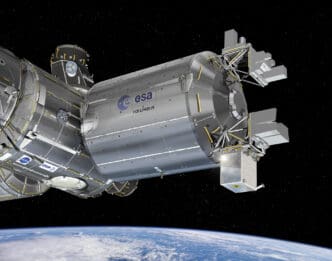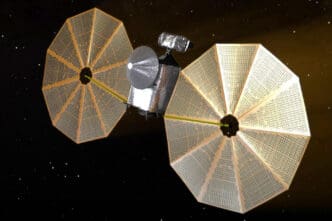NASA has long been dedicated to studying Earth more comprehensively than any other planet. The agency currently manages 26 orbital missions and sponsors numerous research efforts yearly, focusing on our planet’s interconnected systems.
NASA monitors oceans, land, ice, and atmosphere, understanding how changes in one area affect others. This integrated approach helps develop innovative observation methods and create continuous data records of Earth’s evolution.
Collaboration is key to NASA’s mission, as it works with global institutions to share its findings openly. Recent reports from NASA satellites have highlighted significant environmental trends. For instance, there has been an unexpected decrease in global freshwater levels, prompting further exploration of its implications.
The Extended Mission of NASA’s EMIT is set to address various scientific inquiries, demonstrating the agency’s adaptive research strategies. Additionally, a new collaboration with India will enhance tracking of Earth’s surface changes using a powerful satellite tool.
NASA’s data contributions assist international efforts in addressing sea-level rise. This information is crucial for preparing and adapting communities to changing environmental conditions.
Greenhouse gases represent another focal point of NASA’s research. By deploying advanced instruments capable of measuring and modeling these gases, the agency collaborates with multiple partners to make such data accessible worldwide. This data is instrumental in understanding and mitigating the effects of climate change.
NASA’s robust Earth study initiatives highlight its mission to observe and understand our planet. Through collaboration and innovative research, NASA equips the world with the knowledge needed to address environmental challenges, sharing vital information for global benefit.
Source: Science.Nasa







